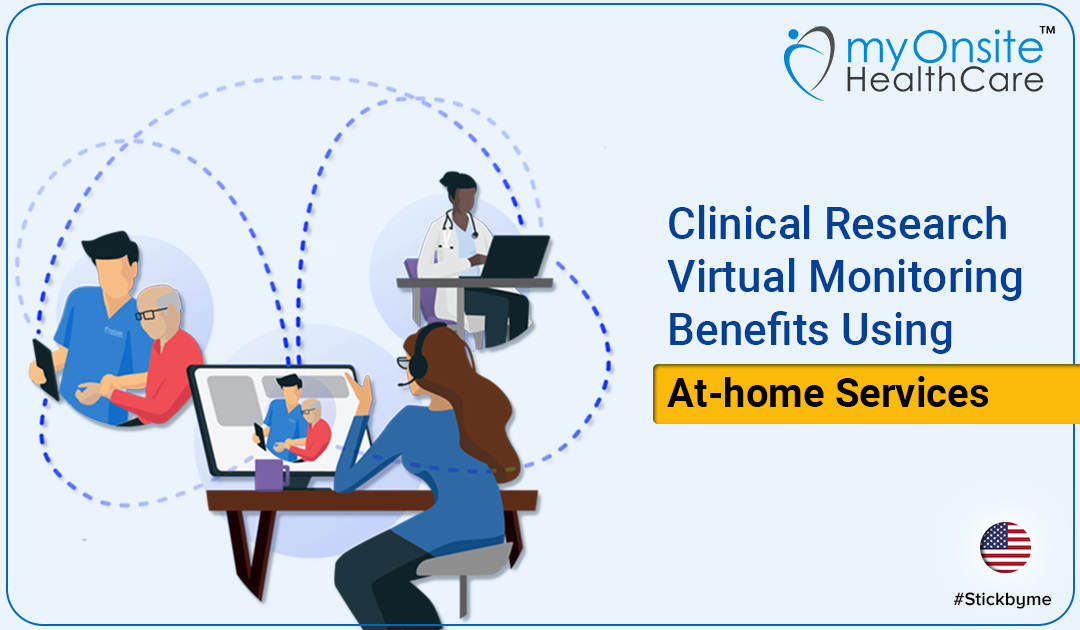Clinical research is a crucial aspect of advancing medical knowledge and improving patient care. Monitoring clinical trials has traditionally involved frequent visits to clinical sites for data collection and participant assessments. However, with technological advancements and the increasing adoption of virtual solutions, at-home services are revolutionizing clinical research monitoring. This blog will explore the benefits of using at-home services for virtual monitoring in clinical research.
Improved Participant Convenience and Engagement
At-home services provide participants with the convenience of participating in clinical trials from the comfort of their own homes. Virtual monitoring eliminates the need for frequent travel to clinical sites, reducing the burden on participants and increasing their engagement in the study. This convenience factor can enhance participant retention, resulting in more reliable and comprehensive data collection.
Enhanced Data Quality and Accuracy
Virtual monitoring through at-home services offers real-time data collection and analysis. Participants can utilize wearable devices, remote sensors, and mobile applications to track and report their health status and adherence to the study protocols. This real-time data allows researchers to monitor participants more effectively, identify any issues promptly, and make informed decisions based on accurate and up-to-date information. The improved data quality leads to more reliable study outcomes and conclusions.
Cost-Effectiveness and Efficiency
Using at-home services for virtual monitoring can significantly reduce the costs associated with clinical trials. Researchers can minimize site visits, transportation, and on-site personnel expenses. Additionally, data collection and analysis efficiency is improved, as virtual monitoring allows for streamlined processes and faster data access. This cost-effectiveness and efficiency benefit the researchers, participants, and sponsors, making clinical trials more accessible and affordable.
Increased Geographic Reach and Participant Diversity
At-home services eliminate the geographical constraints that often limit participant recruitment in clinical trials. Virtual monitoring allows researchers to engage participants from different regions and diverse populations, leading to a more representative study cohort. This increased geographic reach and participant diversity enhance the generalizability and external validity of the study findings, making them more applicable to broader populations.
Flexibility and Adaptability
Virtual monitoring through at-home services offers flexibility and adaptability to accommodate individual participant needs. With personalized schedules and remote interactions, participants can adhere to the study protocols more effectively, leading to better data collection and improved study outcomes. This flexibility also enables researchers to adapt the study design and procedures in real-time based on participant feedback and emerging insights, enhancing the overall study experience.
Incorporating at-home services for virtual monitoring in clinical research brings numerous benefits. From improved participant convenience and engagement to enhanced data quality and cost-effectiveness, virtual monitoring revolutionizes the way clinical trials are conducted. By leveraging technology and embracing innovative approaches, researchers can optimize study outcomes, increase participant recruitment and retention, and ultimately accelerate the development of new treatments and therapies. The future of clinical research lies in embracing at-home services for virtual monitoring and harnessing the power of remote data collection and analysis.

